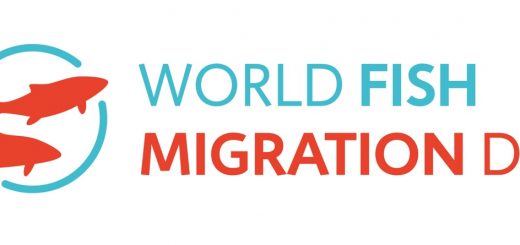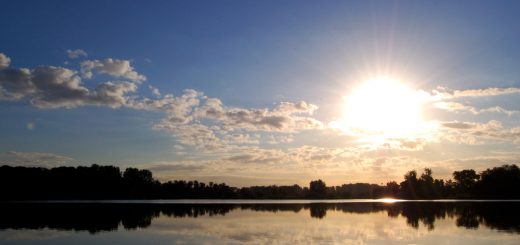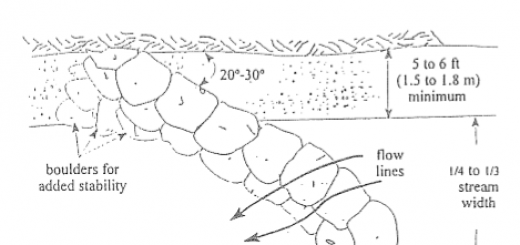Aquaculture: a review of the risks to the environment and human health
Over the last 50 years, fish consumption has been increasing at a rate of approximately 3.2% per year (FAO, 2018). To meet this demand for affordable protein, aquaculture i.e. fish farming, is touted as a sustainable alternative to commercial wild fisheries (Figure 1; Pillay and Kutty, 2005). In fact, aquaculture accounts for nearly 50% of the fish consumed across the world (Amberg and Hall, 2008). Common aquaculture species include many fish in your grocery store, such as tilapia, salmon, and catfish. These aquacultured fish are often more affordable than their wild cousins. Though aquaculture eases the fishing pressure on wild fish stocks and the burden on your budget, several trade-offs should be carefully considered. Fish farms present many of the bioethical challenges debated in other animal farming practices, including environmental nutrient overload, antibiotic resistence, and the unintentional introduction of non-native species. For these reasons, proper management of aquaculture farms (and informed consumers) is vital to both human health and the health of the surrounding environment.

In the wild, fish have to find food on their own. On a farm, fish have excessive quantites of food dumped into their enclosures, much of which is left unconsumed and the nutrients regularly make their way out of the farm and into the surrounding water. This addition of nutrients can result in eutrophication; when overabundant algae consume excess nutrients during growth, and oxygen during decay, rendering oxygen unavailable to other organisms. The food that is consumed gets converted to waste which adds additional nutrients to the water. Therefore it is crucial that the fish feed is carefully selected, the farm site is appropriate, uneaten nutrients are removed and waste is properly treated (Talbot and Hole, 1994). The type of food that is provided should be tailored to the diet of each farmed species, increasing the likelihood of consumption and will provide maximum nutrition, which coincidently, is also good for profits. Farm site selection depends on the physiological needs of the fish species and the environmental stability of the area (to reduce accidents or damage to the enclosures). For example, estuaries or bays are popular marine locations because they are protected from violent wave action.
Fish raised in aquaculture sometimes receive antibiotics for the same reasons as other farm animals—usually to prevent the rapid spread of an illness to animals confined to a small area. Antiobiotics help to improve the survival of farmed animals. Unfortunately, if any bacteria survive the treatment, they are immune to the medicine. Antibiotic resistence is considered a major threat to human health (Figure 2).

overusing antibiotics in agriculture. Photo Credit: Centers for Disease Control and Prevention/Wikimedia Commons.
Aquaculture also has a problem with escapement. Fish escapes are usually the result of equipment failure such as damaged nets or broken pens from weather events (Thorstad et al., 2008). Escaped fishes can breed and alter the genetics of wild populations. There is evidence in salmon that suggests this can lower survival and reproductive success of wild fish for generations (Thorstad et al., 2008). Notably, many aquacultured species do not originate from the area in which they are farmed, meaning that escapes can lead to the establishment of new populations in new places. For example, Asian carp were originally introduced to North America to control aquatic vegetation in aquaculture and wastewater facilities (Jerde et al., 2013). Escapes by flood and improper containment has lead to the establishment of Asian carp populations throughout much of the United States.
Aquaculture is not perfect, but what method of production is problem free? There are a variety of issues when it comes to harvesting wild fishes as well; not to mention the lack of protected areas, the use of trawl nets and other mass-catch methods (Figure 3), and the inherent difficulty in enforcing regulations over large (often remote) areas. Sustainable aquaculture has become a hot-topic in fisheries research. One method called Hatch and Catch is a technique employed by fisheries enhancement programs where fish are born and spend their early lives inside hatcheries before being released to the wild. Efforts are made to release these fish far away from areas where there is a lot of natural production. Issues arise when we consider that the hatchery-raised fish are competitors to wild salmon and that inter-breeding can reduce future reproductive success. Clearly, sustainable aquaculture is no easy task and our dependency on aquacultured fishes further reinforces the need for research in this area.

References:
Amberg, S.M. and Hall, T.E., 2008. Communicating risks and benefits of aquaculture: a content analysis of US newsprint representations of farmed salmon. Journal of the World Aquaculture Society, 39, pp.143–157.
FAO, 2018. The State of World Fisheries and Aquaculture 2018‐Meeting the sustainable development goals. Licence: CC BY-NC-SA 3.0 IGO.
Jerde, C.L., Chadderton, W.L., Mahon, A.R., Renshaw, M.A., Corush, J., Budny, M.L., Mysorekar, S. and Lodge, D.M., 2013. Detection of Asian carp DNA as part of a Great Lakes basin-wide surveillance program. Canadian Journal of Fisheries and Aquatic Sciences, 70, pp.522–526.
Pillay, T. V. R., and Kutty, M. N., 2005. Aquaculture: principles and practices (No. Ed. 2). Blackwell publishing.
Talbot, C. and Hole, R., 1994. Fish diets and the control of eutrophication resulting from aquaculture. Journal of Applied Ichthyology, 10, pp.258–270.
Thorstad, E.B., Fleming, I.A., McGinnity, P., Soto, D., Wennevik, V. and Whoriskey, F., 2008. Incidence and impacts of escaped farmed Atlantic salmon Salmo salar in nature. NINA special report, 36.



